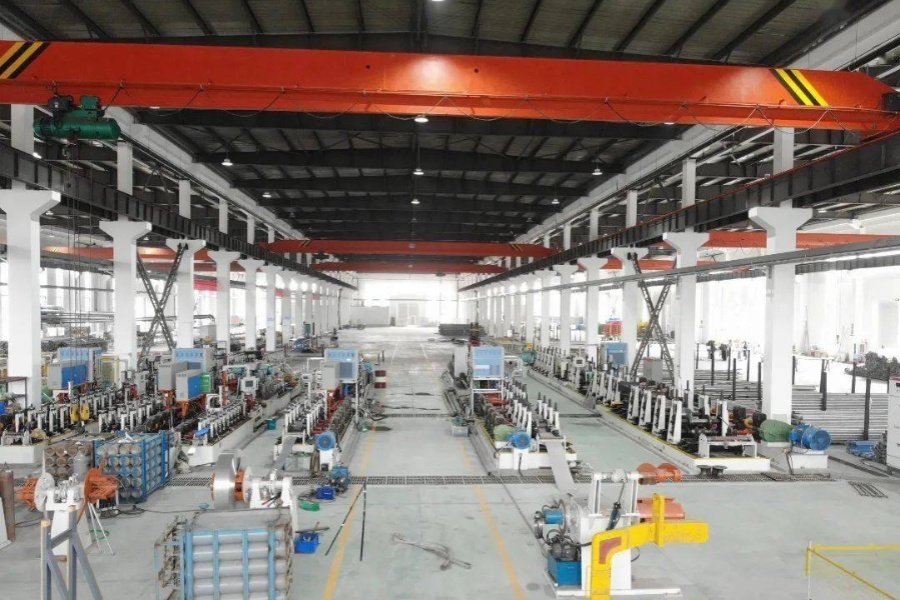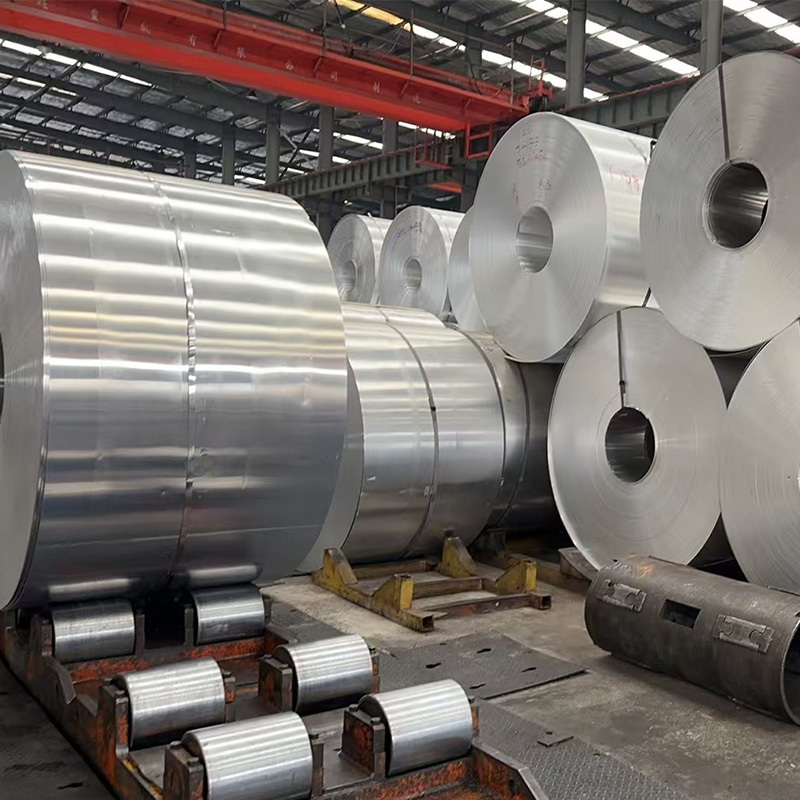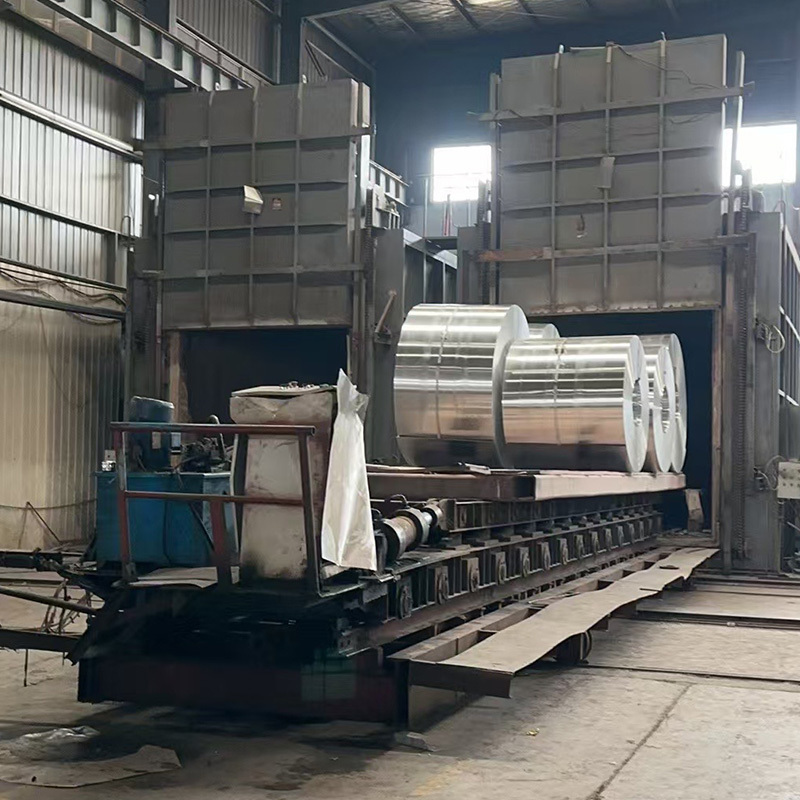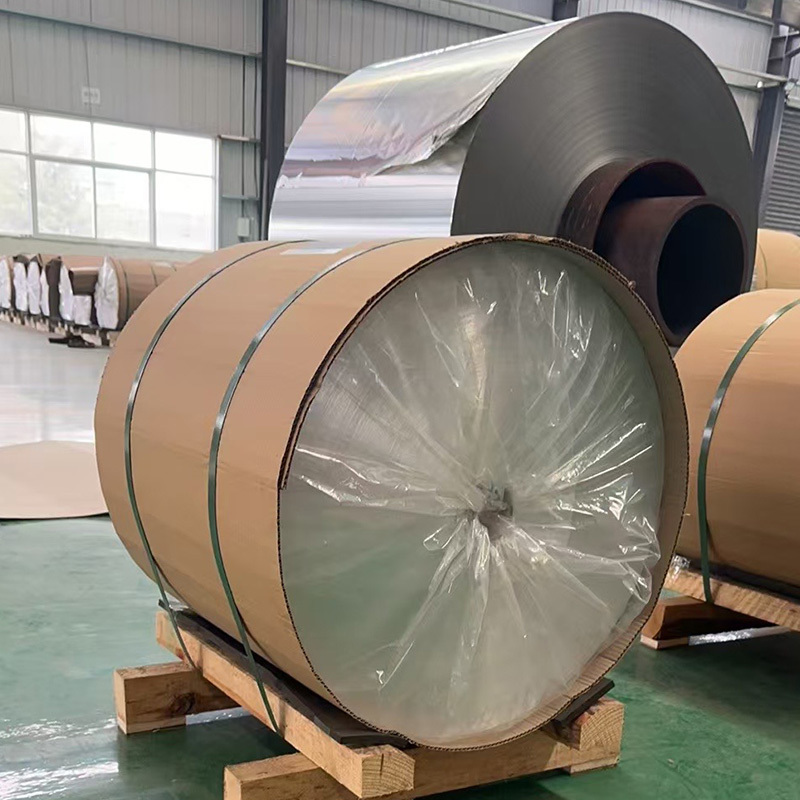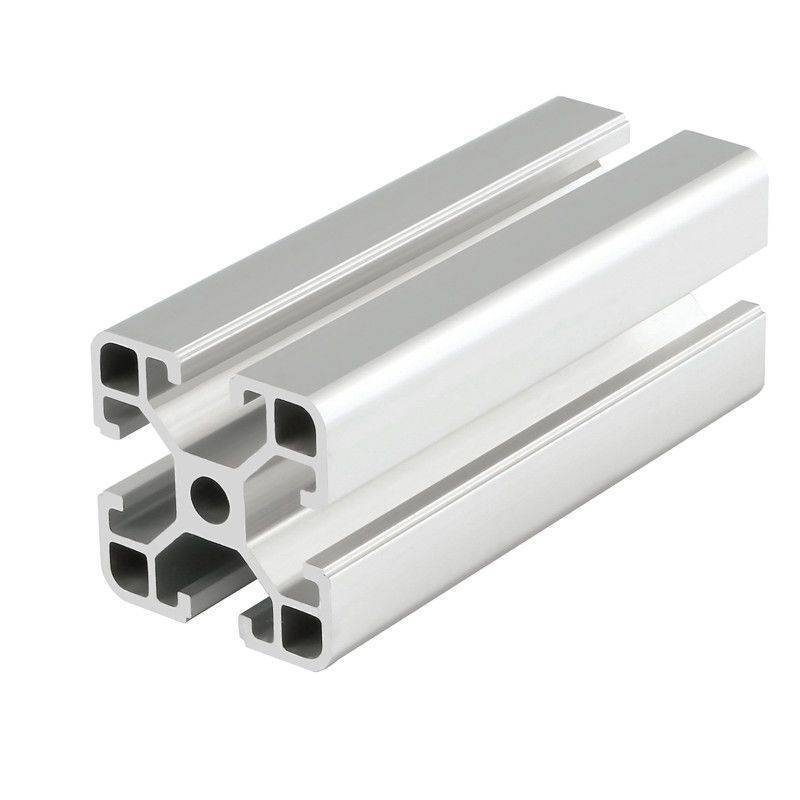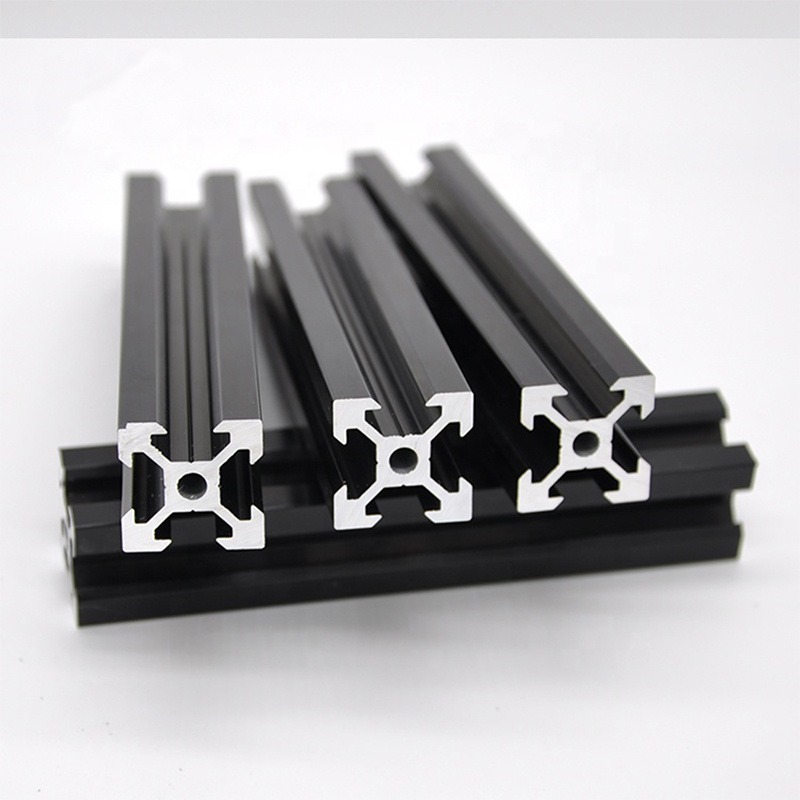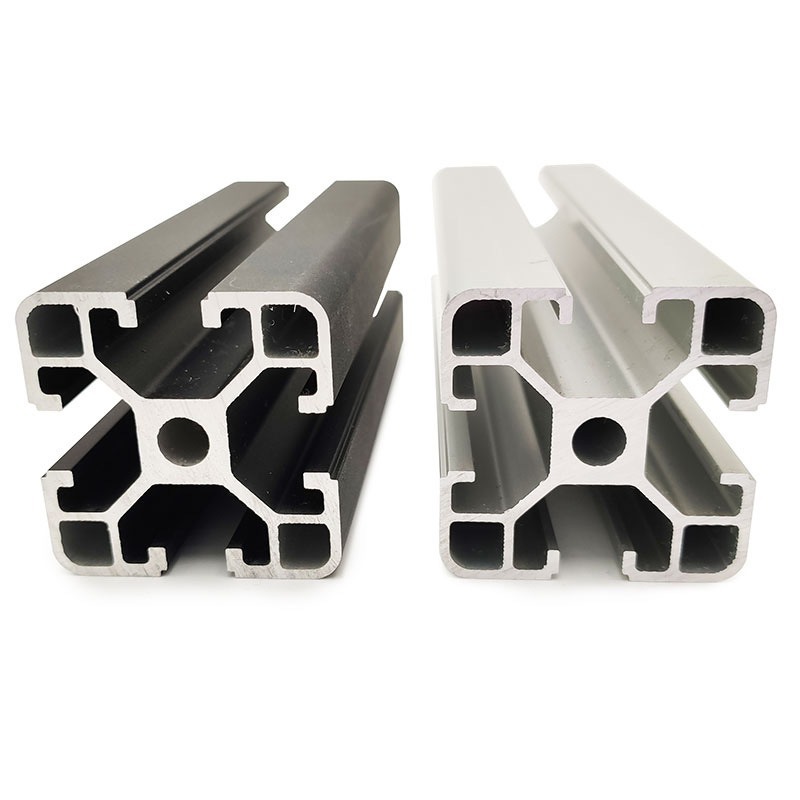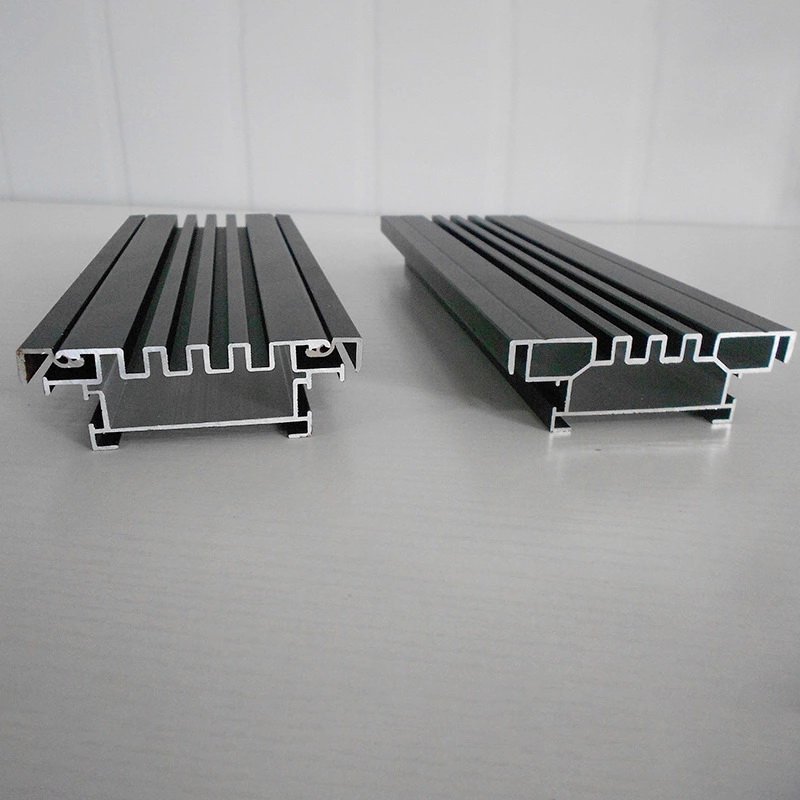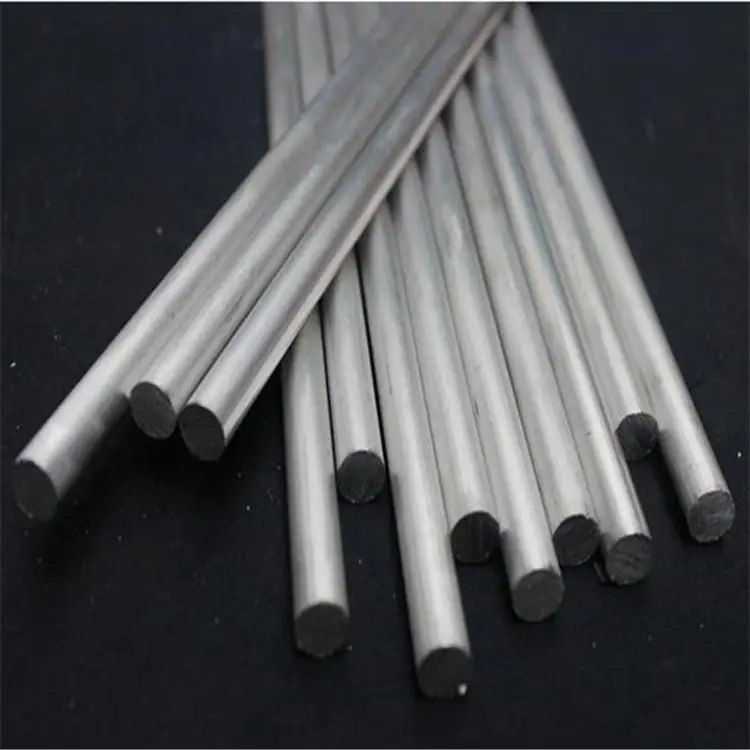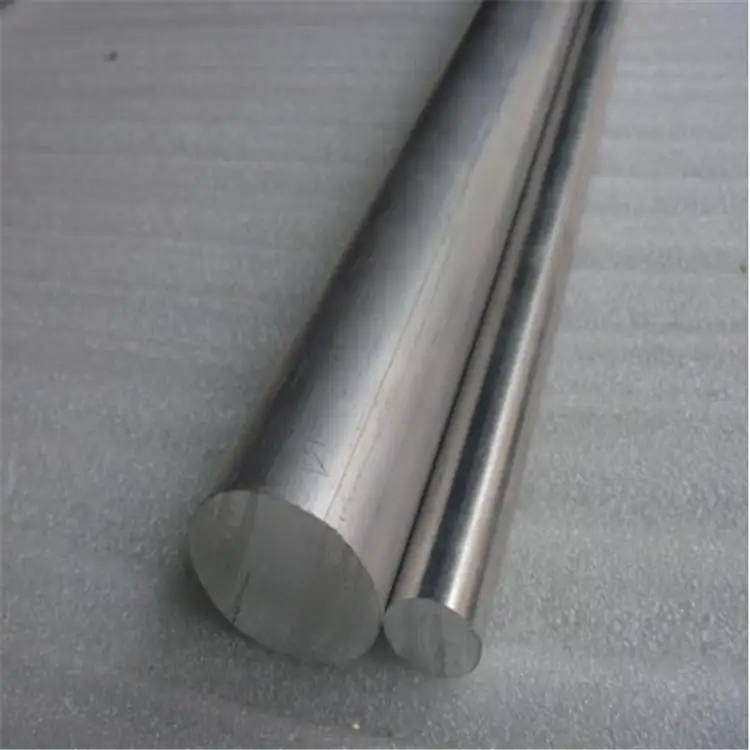Categories
Aluminum
1050 aluminum alloy is formed by adding a small amount of copper in pure aluminum, which has excellent forming characteristics, high corrosion resistance, good weldability and electrical conductivity. It is widely used in products with low strength requirements, such as chemical instruments, sheet metal processing parts, deep drawing or spinning concave vessels, welding parts, heat exchangers, clock surface and disk surface, nameplate, kitchen utensils, decorations, reflective appliances, etc.
1050 aluminum alloy is formed by adding a small amount of copper in pure aluminum, which has excellent forming characteristics, high corrosion resistance, good weldability and electrical conductivity. It is widely used in products with low strength requirements, such as chemical instruments, sheet metal processing parts, deep drawing or spinning concave vessels, welding parts, heat exchangers, clock surface and disk surface, nameplate, kitchen utensils, decorations, reflective appliances, etc.
1050 aluminum alloy is formed by adding a small amount of copper in pure aluminum, which has excellent forming characteristics, high corrosion resistance, good weldability and electrical conductivity. It is widely used in products with low strength requirements, such as chemical instruments, sheet metal processing parts, deep drawing or spinning concave vessels, welding parts, heat exchangers, clock surface and disk surface, nameplate, kitchen utensils, decorations, reflective appliances, etc.
Aluminum profile is a structural material made of aluminum alloy as the main raw material. It is the most widely used non-ferrous metal structural material in industry. Aluminum profiles have many advantages, such as high strength, light weight, good corrosion resistance, electrical and thermal conductivity. They are usually made through processes such as extrusion molding, and come in a variety of cross-sectional shapes, including solid, hollow and composite types.
Aluminum profile is a structural material made of aluminum alloy as the main raw material. It is the most widely used non-ferrous metal structural material in industry. Aluminum profiles have many advantages, such as high strength, light weight, good corrosion resistance, electrical and thermal conductivity. They are usually made through processes such as extrusion molding, and come in a variety of cross-sectional shapes, including solid, hollow and composite types.
Aluminum profile is a structural material made of aluminum alloy as the main raw material. It is the most widely used non-ferrous metal structural material in industry. Aluminum profiles have many advantages, such as high strength, light weight, good corrosion resistance, electrical and thermal conductivity. They are usually made through processes such as extrusion molding, and come in a variety of cross-sectional shapes, including solid, hollow and composite types.
Aluminum profile is a structural material made of aluminum alloy as the main raw material. It is the most widely used non-ferrous metal structural material in industry. Aluminum profiles have many advantages, such as high strength, light weight, good corrosion resistance, electrical and thermal conductivity. They are usually made through processes such as extrusion molding, and come in a variety of cross-sectional shapes, including solid, hollow and composite types.
Aluminum profile is a structural material made of aluminum alloy as the main raw material. It is the most widely used non-ferrous metal structural material in industry. Aluminum profiles have many advantages, such as high strength, light weight, good corrosion resistance, electrical and thermal conductivity. They are usually made through processes such as extrusion molding, and come in a variety of cross-sectional shapes, including solid, hollow and composite types.
7075 aluminum alloy is an aluminum alloy with zinc as the main alloying element. It has excellent mechanical properties, showing good ductility, high strength, toughness and good fatigue resistance. Due to the presence of microsegregation, it is more brittle than many other aluminum alloys, but has significantly better corrosion resistance than 2000 alloys. It is one of the most commonly used aluminum alloys in high-stress structural applications and has been widely used in aircraft structural components.
Among the various properties of 6061 aluminum, it is considered to be versatile, easy to process, and relatively inexpensive. It is used in aerospace engineering, aircraft and helicopters, screw machine parts, yachts and boats. It is also very suitable for tank bodies, bicycle frames, structural parts, food and beverage cans. You will also find that 6061 aluminum is often used in car chassis, truck frames, flashlights, fishing line wheels, pistol suppressors, cover plates and platforms, vacuum chambers, etc.
5083 aluminum is a non-heat-treatable alloy known for its resistance to extreme environments, including seawater corrosion and industrial chemicals. Although Al-5083 has limited machinability due to its strength, it is a material for marine and aquatic applications and is commonly used in the shipbuilding industry. Other uses for this alloy include transportation applications such as railroads, trucks, and car bodies, as well as pressure vessels and food processors.
5083 aluminum is a non-heat-treatable alloy known for its resistance to extreme environments, including seawater corrosion and industrial chemicals. Although Al-5083 has limited machinability due to its strength, it is a material for marine and aquatic applications and is commonly used in the shipbuilding industry. Other uses for this alloy include transportation applications such as railroads, trucks, and car bodies, as well as pressure vessels and food processors.


